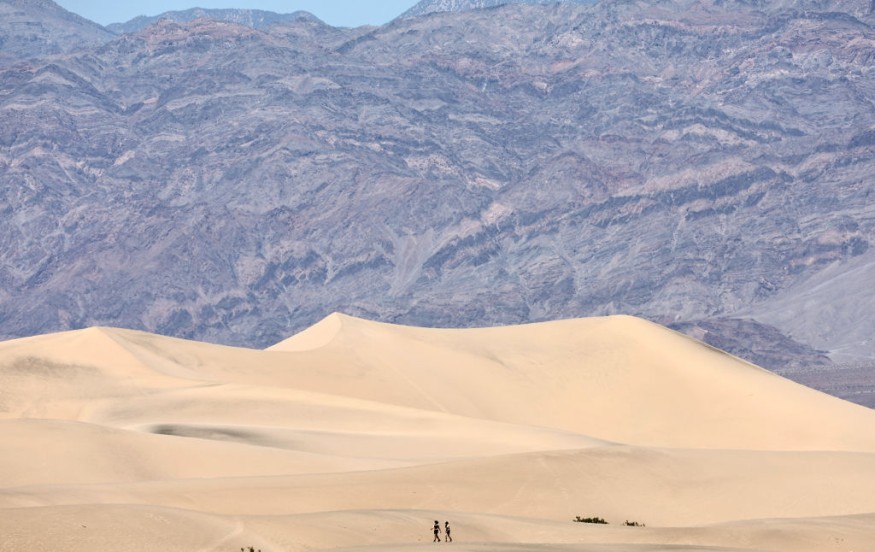
A recent study shows that land-use change alone has caused a 2% to 11% decrease in global biodiversity throughout the twentieth century.
According to projections, climate change might become the primary driver of biodiversity decrease by the mid-21st century.
Land-Use Change
To provide "the most comprehensive estimate of biodiversity trends worldwide," the scientists examined thirteen different methods for predicting how changes in land-use and climate change might affect four different measures of wildlife diversity, such as species diversity, and nine ways in which nature benefits us, such as clean water and pollination.
The researchers used another set of five models to quantify the simultaneous impact of land-use change on so-called ecosystem services, which are the benefits that nature gives to humans.
Over the last century, they discovered a tremendous increase in the delivery of ecosystem services such as food and timber production. In contrast, the regulation of ecosystem services such as pollination, nitrogen retention, and carbon sequestration has moderately diminished.
The researchers also looked into how biodiversity and ecosystem services could evolve in the future. For these forecasts, they included climate change as a growing driver of biodiversity change in their calculations.
According to the findings, climate change would exacerbate pressures on biodiversity and ecological services. While land-use change remains important, climate change may become the most significant driver of biodiversity loss by mid-century.
The researchers compared three widely used scenarios, ranging from sustainable development to excessive emissions. For all scenarios, the combined effects of land-use change and climate change cause biodiversity loss in all geographical areas.
"The purpose of long-term scenarios is not to predict what will happen. Rather, it is to understand alternatives, and therefore avoid these trajectories, which might be least desirable, and select those that have positive outcomes," says co-author Dr. Inês Martins from the University of York.
Read Also : Terrestrial Ecosystem Benefits Worldwide to Decrease by 9% in 2100 Due to Climate Change [Study]
Policies Toward Sustainability
The authors also point out that even the most sustainable scenario considered does not implement all of the measures that may be put in place to safeguard biodiversity in the coming decades. For example, bioenergy deployment, a fundamental component of the sustainability scenario, can help to mitigate climate change while also reducing species habitats.
Measures to improve the effectiveness and coverage of protected areas, as well as large-scale rewilding, were not investigated in any of the scenarios.
According to the researchers, assessing the impacts of particular policies on biodiversity helps identify which policies are most effective in protecting and increasing biodiversity and ecosystem services.
"Still, our findings clearly show that current policies are insufficient to meet international biodiversity goals. We need renewed efforts to make progress against one of the world's largest problems, which is human-caused biodiversity change," said first author Prof Henrique Pereira, research group head at iDiv and MLU.
Related Article : Scientists Warn Decline in Animal Biodiversity Hints 6th Mass Extinction Has Started
© 2025 NatureWorldNews.com All rights reserved. Do not reproduce without permission.





